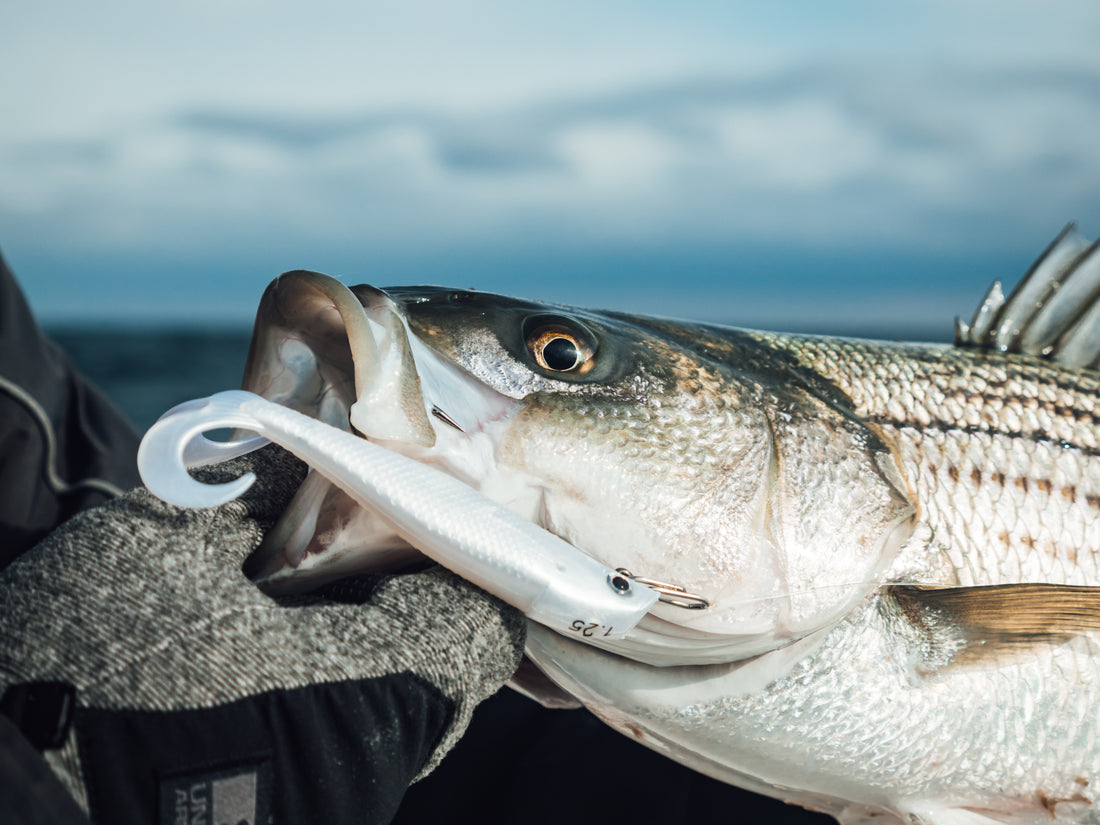Striped bass, also known as Morone saxatilis, are a popular game fish found along the East Coast of North America. They are known for their distinctive horizontal stripes and powerful fighting ability. Striped bass are anadromous, which means they migrate between fresh and salt water.
In the spring, striped bass migrate from the ocean into rivers and streams to spawn. The females lay their eggs in the freshwater, and the males fertilize them. After the eggs hatch, the young striped bass, called fry, remain in the freshwater for a few weeks before migrating back to the ocean.
In the fall, striped bass migrate back to the ocean. This migration is driven by a number of factors, including changes in water temperature and the availability of food. Striped bass are opportunistic feeders, and they will follow schools of baitfish such as herring and menhaden to find food.
The migration patterns of striped bass can vary from year to year and depend on a variety of factors such as water temperature, food availability, and weather conditions. In some years, striped bass may migrate earlier or later than usual, or they may not migrate at all.
As a sport fish, striped bass are highly prized for their delicious taste and their challenging fighting style. However, it is important to practice catch and release in order to ensure the sustainability of striped bass populations. This means that after catching a striped bass, the fish is returned to the water unharmed. Catch and release helps to reduce the impact of recreational fishing on striped bass populations, and it allows future generations of anglers to enjoy the sport as well.
In recent years, there have been concerns about the sustainability of striped bass populations. Overfishing, habitat loss, and environmental pollution have all been identified as potential threats to striped bass populations. To address these issues, conservation efforts have been put in place to protect striped bass and their habitats. These efforts include fishing regulations, habitat restoration projects, and education programs.
Overall, striped bass are a fascinating species with complex migration patterns that are driven by a variety of factors. They play a vital role in the ecosystem and are an important resource for recreational and commercial fishermen. By practicing catch and release, we can help to preserve this valuable species for future generations.



